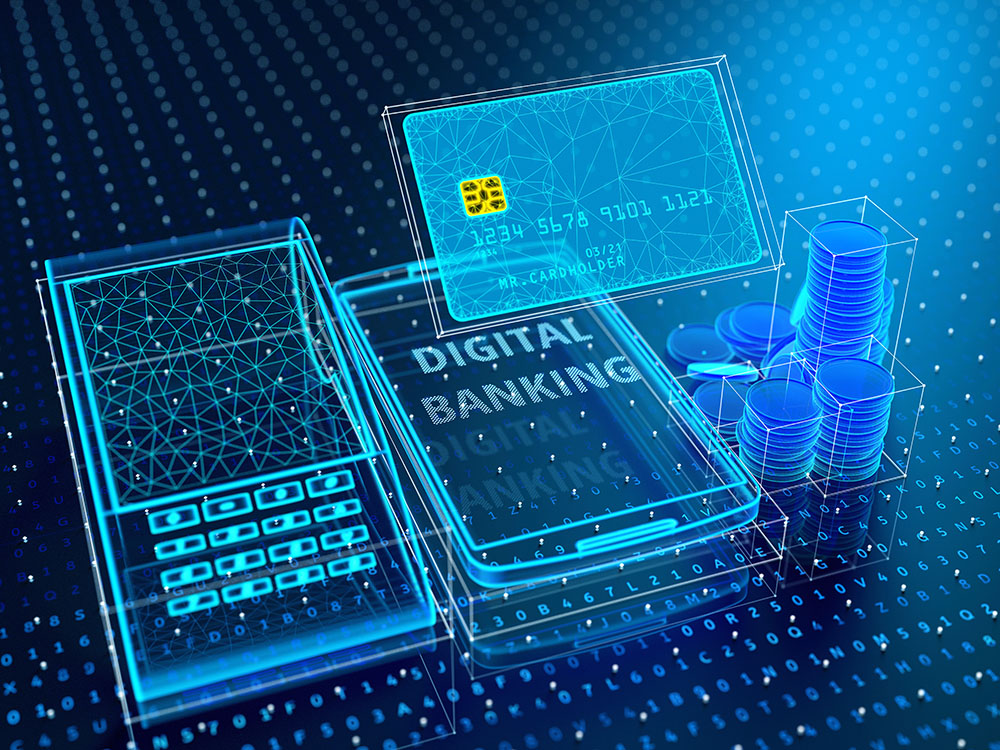July 9, 2025
Filling out a check

The Philippines Digital Banking Sector has been experiencing significant growth and evolution in recent years, driven by advancements in technology, changing consumer preferences, and regulatory developments.
Continued Growth of Digital-Only Banks: It's likely that digital-only banks, also known as neobanks, will continue to gain traction in the Philippine market. These banks typically offer a range of innovative features such as seamless account opening, budgeting tools, and personalized customer experiences through mobile apps. They may appeal to tech-savvy consumers seeking convenience and flexibility in their banking services.
Expansion of Digital Payment Solutions: With the increasing popularity of e-commerce and digital transactions, the demand for digital payment solutions is expected to grow. This could include the adoption of mobile wallets, peer-to-peer payment platforms, and contactless payment methods. Traditional banks and fintech companies may collaborate to offer secure and convenient payment options to consumers and businesses.
Focus on Financial Inclusion: The Philippine government and regulatory authorities have been prioritizing financial inclusion efforts to ensure that all segments of the population have access to basic banking services. Digital banking presents an opportunity to reach underserved communities, including those in rural areas, through mobile banking and digital financial services. Initiatives such as agent banking and mobile money partnerships may contribute to greater financial inclusion.
Regulatory Framework Enhancements: The Bangko Sentral ng Pilipinas (BSP) is likely to continue refining its regulatory framework to address the evolving landscape of digital banking and fintech. This may involve updating guidelines for digital banking operations, enhancing cybersecurity standards, and fostering innovation while safeguarding consumer interests. Clear and supportive regulations can encourage investment and innovation in the sector while maintaining financial stability and consumer protection.
Customer-Centric Innovation: Digital banks and traditional financial institutions are expected to prioritize customer experience and innovation to stay competitive in the market. This may involve leveraging data analytics, artificial intelligence, and automation to personalize services, improve operational efficiency, and enhance security. Investments in customer relationship management (CRM) systems and omnichannel banking platforms could facilitate seamless interactions across various touchpoints.
Partnerships and Collaborations: Collaboration between digital banks, traditional banks, fintech firms, and other ecosystem players is likely to continue in 2024. Partnerships can enable banks to access new technologies, expand their product offerings, and reach a broader customer base. Fintech startups may benefit from the expertise and infrastructure of established banks, while banks can gain agility and innovation through collaboration with fintech innovators.
Overall, the Philippine digital banking sector is expected to experience continued growth and innovation in 2024, driven by technological advancements, changing consumer preferences, regulatory developments, and industry collaborations.